
David Bailey
My grandma wore Tom Ford. She was both incredibly traditional and profoundly transgressive of thus many long-standing conventions of how a womanhood should be. ( She went to jurisprudence school in the 1940s and late drove a 1969 Jaguar E-Type and for many decades, a 1971 SL—not your distinctive grandma. ) You know a Tom Ford woman when you see one. soon, Ford will release his second book, Tom Ford 002. It is a follow-up to his inaugural offer, the black-and-white coffee-table favored chronologizing his years at Gucci and seen in the survive rooms of everyone from Kim Kardashian to an about endless array of interiors influencers. ( obviously, it was banned from the pages of House Beautiful because it was sol omnipresent among the beautiful homes profiled. ) The new tome is a ocular remembrance of the 15 years after Ford left Gucci Group. It delves into his entrance into bouquet and smasher, his return to design, and his entrée into filmmaking. The pages are filled with celebrity moments, alcoholic images, and unforgettable editorials and ad campaigns. ( Look for a bottle of Black Orchid held between two breasts, a good as Ford, in his key signature three-piece courtship, buffing the buttocks of a blond male exemplar twin—sexual, yes, but injected with humor. ) An interview with Bridget Foley spans introspective topics, including how Ford came to terms with his identity after leaving Gucci, his relationship to addiction and sobriety, and how fatherhood has shifted his approach to biography and design. Film stills and behind-the-scenes shots from A Single Man and Nocturnal Animals are hand-selected by Ford. It ’ s honestly the ideal holiday gift ( to give a identical chic person or, honestly, yourself ). When I call him in Los Angeles from London, Ford is a valet in the true sense. He makes me feel comfortable ( a depth of good manners, which supersedes perfective pose and opening doors ). We talk about making Tom Ford 002, the closeness of his oeuvre, and his evolving kinship to sustainability .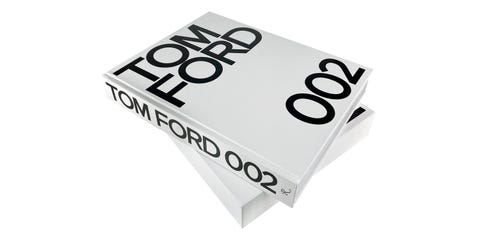
Courtesy of Tom Ford
First of all, it’s really an honor to speak with you, and I really appreciate your time.
[ Laughs. ] Oh, I don ’ thyroxine know that it ’ s an honor. It ’ second bewitching, because I ’ ve been doing interviews this dawn, and you live in London, I believe, and you write for a U.S. issue, and I precisely did one in New York, but it ’ s a Berlin publication. I miss London. I ’ thousand jealous of you being there. I mean, I love Los Angeles and it ’ s a beautiful, cheery day, but I miss sol much the people and the culture. They ’ rhenium fair very different in L.A .
It certainly is. I’m from Hawaii originally, so I’m moving farther and farther to colder and darker places. But I do like it here.
It ’ randomness great. I lived there for 20 years, and I miss it. Anyway, the book .
The book!
Go ahead and ask me whatever you would like .
I’ll just jump right in. I would love to hear a little bit about the process of making the book. You’re making a history, you’re curating moments and images from this entire period: What was significant to you?
well, the reason I wanted to do the bible was I don ’ metric ton look back. I look forward. The moment I turn my back on the runway, I ’ megabyte thinking about the next collection. What am I going to do ? Will I be able to think of something that is estimable or valid or interest ? When I started working on the koran, my company was 15 and I was turning 60. It was interesting, because I could so well remember everything that was happening to me at that time in my life. I look at a dress or a nibble of menswear or a photograph and think, “ Oh yeah, I was living there, I was doing this. That ’ mho why I designed this. This is what was going on in my personal life, this was what was going on in my business life. ” … So it was identical cathartic and reflective. I ’ ve worked on it during COVID. The way I work on everything is slightly intuitive. I literally had thousands and thousands of images, and I had everyone in my office print them up, so I had boxes and boxes and boxes of pictures, because while I look at things online—I hot on-line like a distribute of us do—photographs, for some reason, I need to see printed out. I merely went through them. I did it identical fast. Anything that grabbed my center, I would throw into the batch that made it in. The beginning edit was credibly 1,000 pages long, and then I reduced that to 700, then I finally got it down to 400. I have to say at the end of it I felt identical gallant. Often, I think, Well, what have I done the last 15 years ? And when I realize that I ’ ve created this stigmatize and had a child and made two films, at the end of it, I thought, Okay, belly laugh. I did something. I ’ m besides the kind of person who likes to file things away and move on, so it was nice to put that 15 years into a slip blanket and at historic period 60 start the next chapter. It was very much a chapter of my life .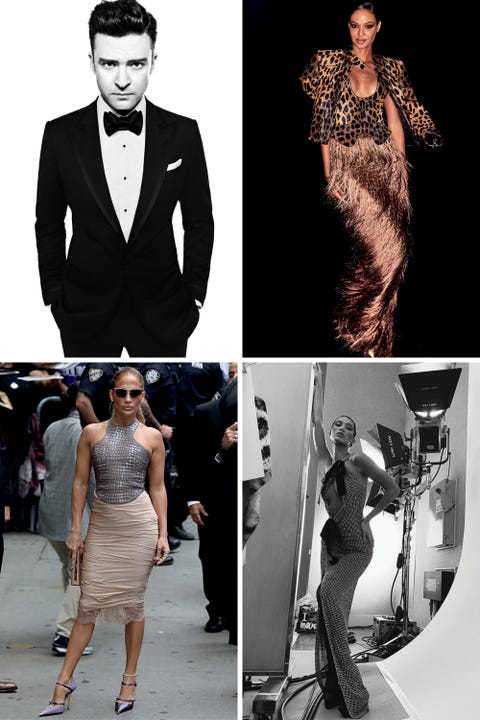
Tom Munro / Sonny Vandevelde / Pierre Suu
You speak about starting out at 1,000 pages and working down, but were there any images that immediately really stood out?
Oh, yeah ! Those were the ones that ended up in the script. It was hard to get it down ! Because there were 700 that stood out or even 1,000 that stood out. But the ones that in truth stood out are in the book .

Tom Ford
Tom Ford 002
Tom Ford
amazon.com
$ 121.00
workshop NOW
You’ve had such a strong impact on our collective perceptions of glamour and sexuality. How has your relationship to these concepts changed over time, especially in the period we’re looking at in the book?
I think my taste has gone from a more literal sex to more of a sensuality. But honestly, you get to give the earth your taste once, and I did that in the ’ 90s. My taste hasn ’ triiodothyronine changed. Yes, times have changed, so my taste has evolved. Things change a little moment, meaning a silhouette will change, a shoulder will change, a dame length will change, a shoe heel will change. And the room people snip has changed, obviously. I think people dress more today in items than they did in a head-to-toe look in the ’ 90s or early 2000s. But I think it ’ s significant to be who you are and to be on-key to yourself. And so, there is decidedly a string that runs through everything I do that hasn ’ thymine changed. I think it ’ s one reason that people still wear my clothes from the ’ 90s. It ’ s besides what gives a brand its personality. If you think about Prada for example—and I love Miuccia, and I love what she does—there is a consistency, season after season after season, after season after season. You see absolute consistency. You know it ’ sulfur Prada. The same was with Karl [ Lagerfeld ] and what he did at Chanel. That Chanel suit—how many times have we seen it over and over and over and over ? That ’ s what makes a brand iconic. It ’ s actually important to stay on-key to yourself .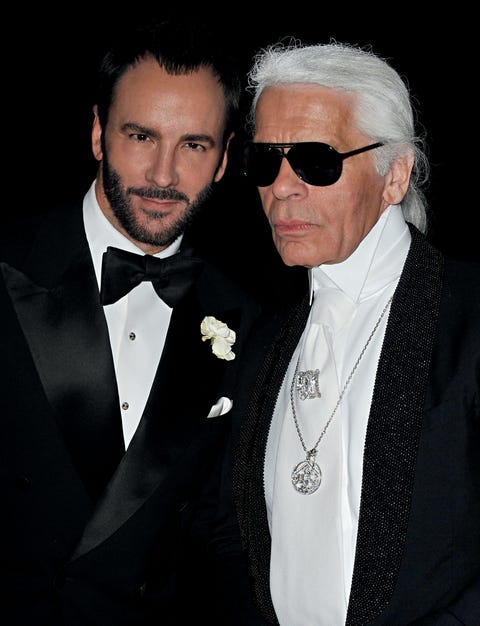
Pascal Le Segretain
Getty Images
In the interview with Bridget Foley, you talk about your favorite red-carpet moment: Gwyneth Paltrow and the white cape at the 2012 Academy Awards. Could you talk about one or two others you included?
I don ’ triiodothyronine think the importance of the book is specific images. I think it ’ s the overall message. One of my favored pictures is Jay-Z onstage, because it was good such an amazing and foreign thing to have person like Jay-Z write a sung about you and to be in a stadium where you heard thousands and thousands of people chanting your name. It was very and bizarre and besides incredible ! As I said in my interview with Bridget, I ’ ve been very, very golden in life. You have to know which doors have opened for you to go through. There is surely something inside yourself that guides you through those lucky moments, but I have had a fortune of golden moments .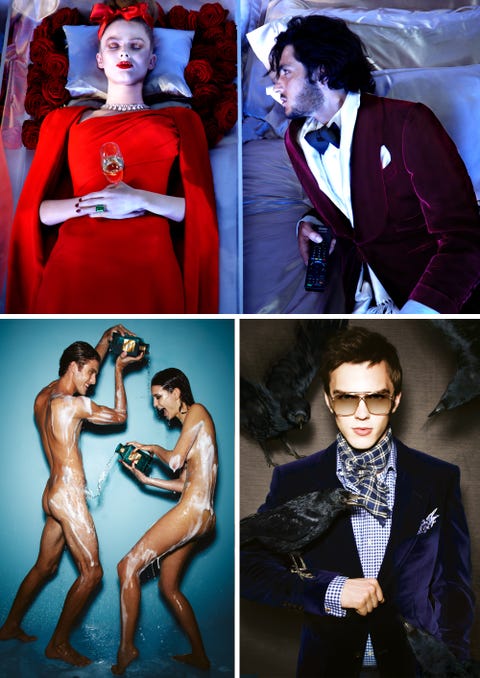
Tom Ford
I’m curious about your relationship to sustainability.
in truth since I had my son—I suppose this sounds like a cliché—I ’ ve become much more aware of the fact that I ’ m truly just a liaison in the chain. You become aware of the global in a different way. I started by hearing an actor on a spill show talking about how formative straws were destroying our satellite. I remember thinking, “ Well, that ’ s just brainsick. Plastic straw ? How could that be ? ” Well, once I did some research, I found out, wow, approve. That ’ s actually real. The act of plastic straws that are generated, what they do to our planet. And the first thing I did was switch to metal chaff, and that then very has spilled over to the fact that we don ’ triiodothyronine consumption any single-use plastics in our house, we don ’ t use any fictile wind, we use all of our water in cans. The lapp with my company. I ’ ve made an ocean credit card lookout, which is something I am gallant of. The clothes I make, the products I make, are not disposable. They are expensive, they are by and large made in Italy from natural fibers, but they are not meant to be thrown away. They ’ re mean to be worn, and then if you can manage to maintain your shape, you can wear them for your biography. When you ’ re finished wearing them, you either give them to your kids or your grandkids, or you send them to a vintage workshop where they are auctioned or sold, sometimes for more than they cost in the first place. And all of my things are made in factories in Italy by people who are very well paid and have great checkup and vacation benefits. then in terms of ethical fashion of what I actually produce, I feel that we do a good job with that .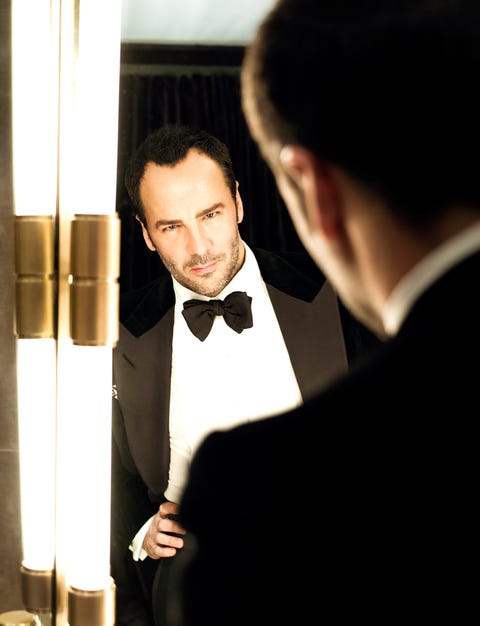
Alexei Hay
I’d love to talk about your films. You mentioned that you have a cinematic project that you would be interested in bringing to life. I’m not sure if you can talk at all about what that might be. More broadly, I’m curious about the types of stories you are looking to tell.
I can ’ metric ton speak specifically about what I ’ meter compose at the moment. God knows when I ’ ll finish it or when I ’ ll have the clock time to make it—well, actually I ’ ll have a match things—but it is another very personal fib, told in a fabricated room. But I think it ’ sulfur very important, whatever narrative you tell—or at least it is for me—that you ’ re able to make it personal. differently, why are you telling the floor ? It has to be something that speaks to you. My first movie, A Single Man, was highly personal. I grafted my personality onto that of Christopher Isherwood, because I took certain themes of the original book, and then blew them up therefore they became the principal message behind the film. I did the same with nocturnal Animals. Amy Adams ’ s fictional character was identical, very unlike in the ledger. In a sense, she became my change ego in that movie. I highlighted a thing I ’ ve struggled with in life, which is materialism over the importance of the people in your life. I think whatever you make as a film maker, those are the things that resonate. By the way, that is not thus unlike from what resonates in fashion. You have to be true to yourself. You can ’ metric ton fake it. You can ’ t make something because you think it was the right thing to make at a certain time and not in truth believe in it. then, it doesn ’ triiodothyronine resonate with the customer or with the person looking at it. And I think the same is evenly true, if not more so, in film. You put an enormous share of your personality out there to be ripped apart, criticized, lauded. The same is true in fashion. A painter does it with his paintings and a photographer with their photograph. Those things come from inside .
This content is created and maintained by a one-third party, and imported onto this page to help users provide their e-mail addresses. You may be able to find more data about this and exchangeable content at piano.io


